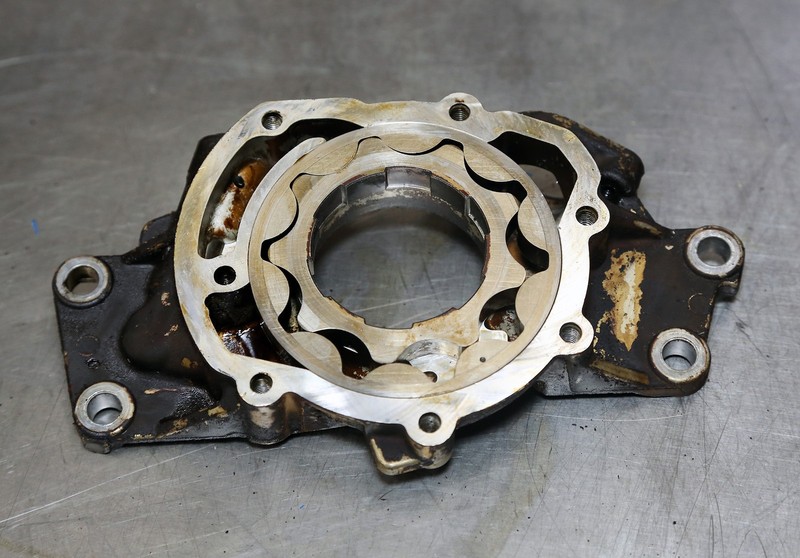Sudden Power Seat Malfunctions: Investigating Potential System Failures

With the push of a button, drivers and passengers can adjust their seating position, providing unmatched comfort and customization. An unexpected malfunction, however, can be dangerous and annoying. Determining the right solution and diagnosing the issue might be aided by knowing the possible causes of these failures. The common system failures that lead to unexpected power seat breakdowns will be examined in this article.
Electrical Issues: The Foundation of the Problem
Dead power seats often result from electrical issues. A blown fuse or more complicated wiring issue could cause this. First, check the power seat fuse. A blown fuse indicates an overload, which could be caused by a seat wire or motor short circuit. For professional assistance diagnosing and resolving such issues, trust Auto Repair in Hutto, TX for reliable solutions. Check the fuse in the seat electrical harness. Check for corrosion, wire unravelling, and loose connections. Make sure the seat motor has power by checking its voltage with a multimeter. Other electrical equipment can be affected by battery issues.
Motor and Gear Troubles: Mechanical Breakdown
The power seat motor itself may malfunction even if the electrical supply is in good condition. Complete motor failure may result from internal windings shorting or the motor’s brushes wearing down over time. In a similar vein, the gears that convert the rotational force of the motor into seat movement may strip or break. Listen for odd sounds when trying to adjust the seat, such as clicking or grinding. These noises frequently signify technical issues with the gear system or motor. In certain situations, it could be required to replace the complete seat assembly or the motor.
Switch Malfunctions: The Control Center
Users can change the seat’s position with the power seat switch. Frequent use or filth and particle build-up might cause these switches to deteriorate over time. The motor may not receive the correct signals from a malfunctioning switch, which could cause inconsistent or non-existent movement. Try using electrical contact cleaner to clean the switch contacts. The simplest fix is frequently to replace the switch if cleaning doesn’t fix the problem.
Control Module Issues: The Electronic Brain
A power seat control module coordinates with the seat motor and controls activities in some cars. Control module failures can disturb the entire system. If installed, a malfunctioning module may cause sporadic operation, unresponsive controls, or seat memory loss. Specialized scanning tools and vehicle electrical system knowledge are needed to diagnose control module issues.
Conclusion
Sometimes the issue is a physical obstruction preventing the seat from sliding smoothly. Pens, coins, and loose wire can jam seat tracks. Check the seat tracks and surroundings for impediments. Lack of lubrication or uneven rails might also bind the seat mechanism. Lubricating moving parts and aligning tracks will often restore smooth performance.




